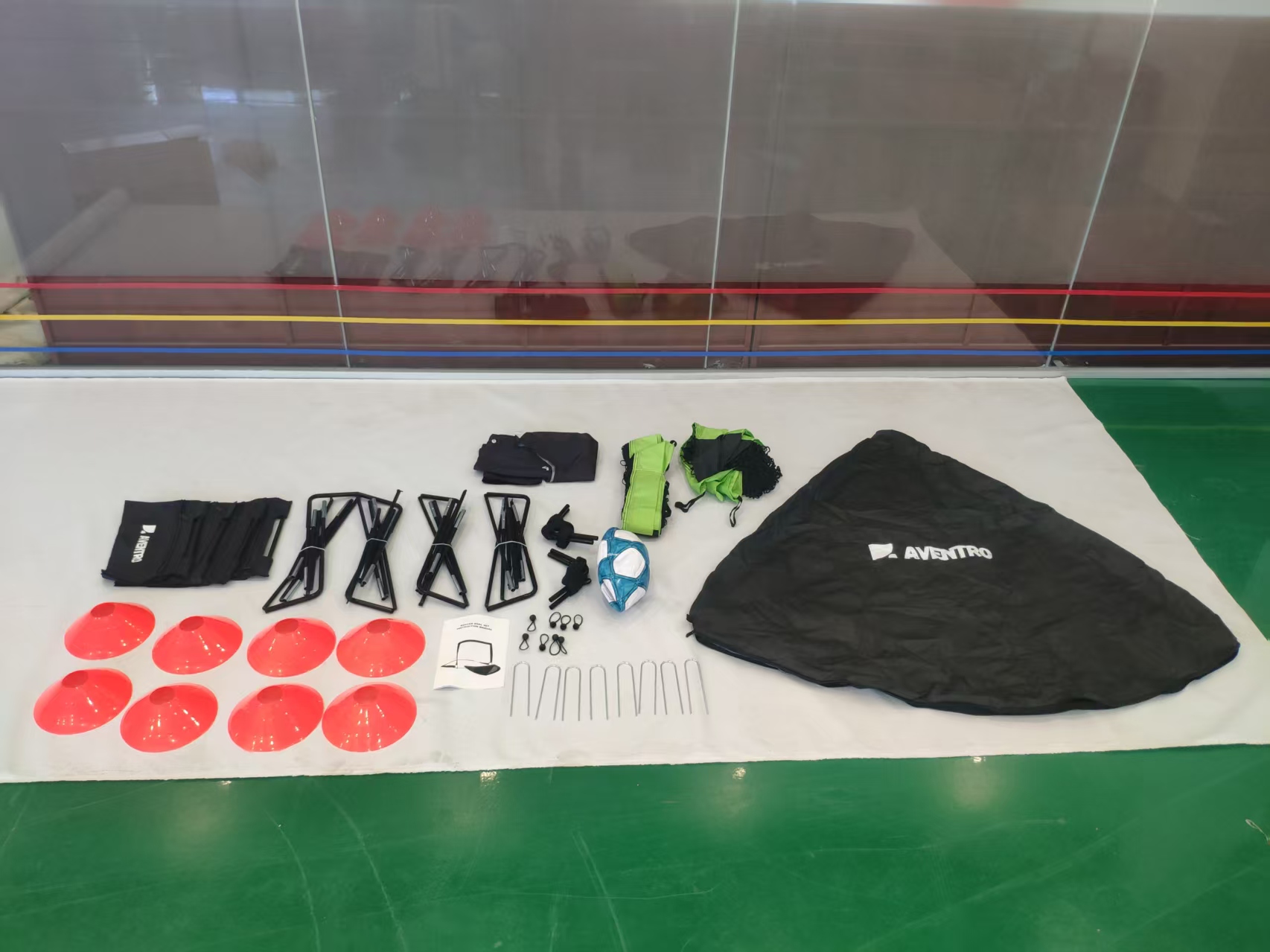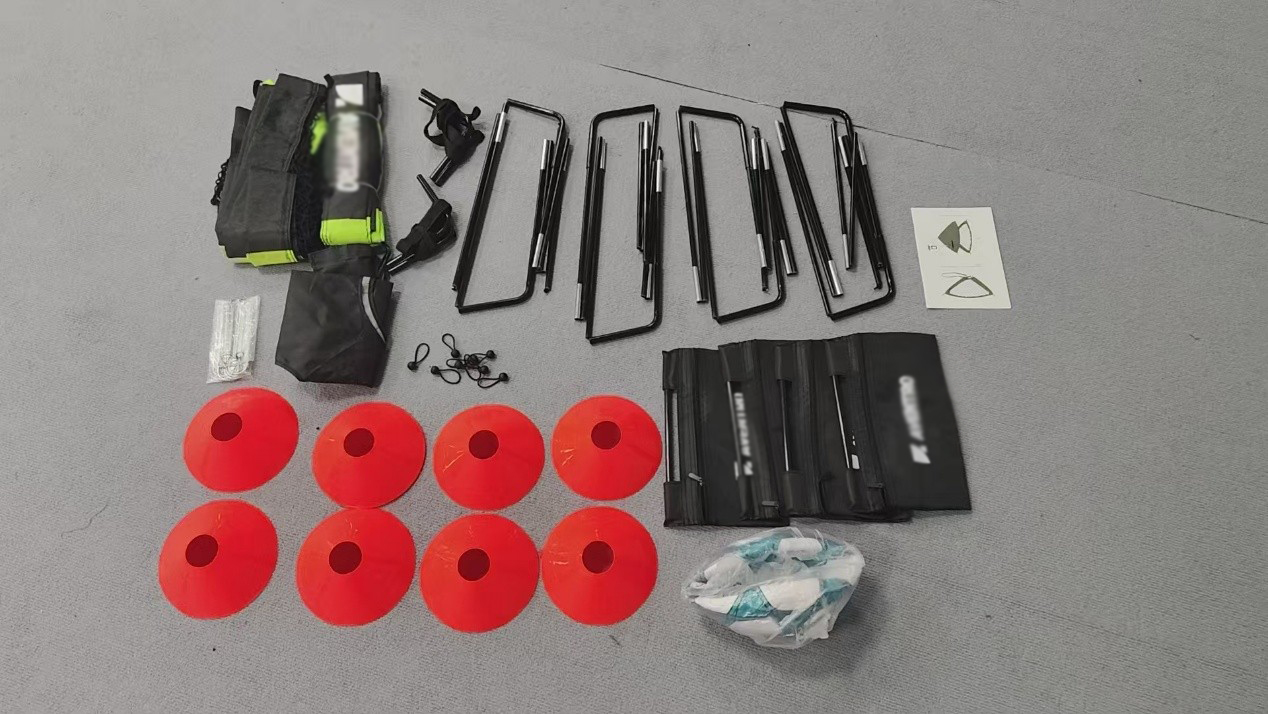Benzene solution is an organic compound that is widely used in industrial production. Due to the high freezing point of benzene solution, it is easily affected by low temperature and condenses during pipeline transportation, thus affecting the normal production. In order to solve this problem, we can use heating tape to provide heat tracing for the benzene solution pipeline.

When selecting a heating tape, factors such as the temperature requirements of the benzene solution, pipe material, pipe diameter, etc. need to be considered. Generally speaking, we can choose self-limiting temperature heating tape or constant power heating tape. The self-limiting temperature heating tape can automatically adjust the output power and is suitable for occasions with low temperature requirements; the constant power heating tape has stable output power and is suitable for occasions with high temperature requirements.
Before installing the heating tape, the pipes need to be cleaned and derusted to ensure that the pipe surface is clean and smooth. In addition, it is also necessary to check whether the insulation layer of the pipe is intact. If there is any damage, it needs to be repaired in time.
The heating tape is installed as follows:
Straight-line installation: Lay the heating tape in a straight line according to the direction of the pipe, ensuring that the heating tape and the pipe surface are closely attached. During the installation process, try to avoid bending and folding of the heating tape to avoid affecting the heating effect.
Spiral installation: If the pipeline is long, spiral installation can be used. Wrap the heating tape around the pipe at a certain angle, which can increase the contact area between the heating tape and the pipe and improve heating efficiency.
Accessory installation: Special heating tape accessories need to be installed at elbows, tees and other parts of the pipeline to ensure the continuity and heating effect of the heating tape.
After the heating tape is installed, it needs to be inspected to ensure the quality of the installation. The inspection includes whether the heating tape is firmly fixed, whether the insulation layer is intact, whether the electrical connection is reliable, etc.
Things to note are the following:
When installing the heating tape, avoid crossing with other pipes or equipment to avoid affecting the heating effect of the heating tape.
When using heating tape, relevant safety regulations should be followed to avoid electrical accidents.
Regularly inspect and maintain the heating tape to detect and deal with problems in a timely manner to ensure the normal operation of the heating system.
In short, heating tape is an effective pipeline heating solution and has broad application prospects in the heating installation of benzene solution pipelines. Through reasonable selection of heating tape types, correct installation and maintenance, the normal operation of benzene solution pipelines can be ensured and production efficiency can be improved.

 English
English Español
Español Português
Português русский
русский français
français 日本語
日本語 Deutsch
Deutsch Tiếng Việt
Tiếng Việt Italiano
Italiano Nederlands
Nederlands ไทย
ไทย Polski
Polski 한국어
한국어 Svenska
Svenska magyar
magyar Malay
Malay বাংলা
বাংলা Dansk
Dansk Suomi
Suomi हिन्दी
हिन्दी Pilipino
Pilipino Türk
Türk Gaeilge
Gaeilge عربى
عربى Indonesia
Indonesia norsk
norsk اردو
اردو čeština
čeština Ελληνικά
Ελληνικά Українська
Українська Javanese
Javanese فارسی
فارسی தமிழ்
தமிழ் తెలుగు
తెలుగు नेपाली
नेपाली Burmese
Burmese български
български ລາວ
ລາວ Latine
Latine Қазақ
Қазақ Euskal
Euskal Azərbaycan
Azərbaycan slovenský
slovenský Македонски
Македонски Lietuvos
Lietuvos Eesti Keel
Eesti Keel Română
Română Slovenski
Slovenski मराठी
मराठी Српски
Српски 简体中文
简体中文 Esperanto
Esperanto Afrikaans
Afrikaans Català
Català עִברִית
עִברִית Cymraeg
Cymraeg Galego
Galego 繁体中文
繁体中文 Latvietis
Latvietis icelandic
icelandic יידיש
יידיש Беларус
Беларус Hrvatski
Hrvatski Kreyòl ayisyen
Kreyòl ayisyen Shqiptar
Shqiptar Malti
Malti lugha ya Kiswahili
lugha ya Kiswahili አማርኛ
አማርኛ Bosanski
Bosanski Frysk
Frysk ជនជាតិខ្មែរ
ជនជាតិខ្មែរ ქართული
ქართული ગુજરાતી
ગુજરાતી Hausa
Hausa Кыргыз тили
Кыргыз тили ಕನ್ನಡ
ಕನ್ನಡ Corsa
Corsa Kurdî
Kurdî മലയാളം
മലയാളം Maori
Maori Монгол хэл
Монгол хэл Hmong
Hmong IsiXhosa
IsiXhosa Zulu
Zulu Punjabi
Punjabi پښتو
پښتو Chichewa
Chichewa Samoa
Samoa Sesotho
Sesotho සිංහල
සිංහල Gàidhlig
Gàidhlig Cebuano
Cebuano Somali
Somali Точик
Точик O'zbek
O'zbek Hawaiian
Hawaiian سنڌي
سنڌي Shinra
Shinra հայերեն
հայերեն Igbo
Igbo Sundanese
Sundanese Lëtzebuergesch
Lëtzebuergesch Malagasy
Malagasy Yoruba
Yoruba









